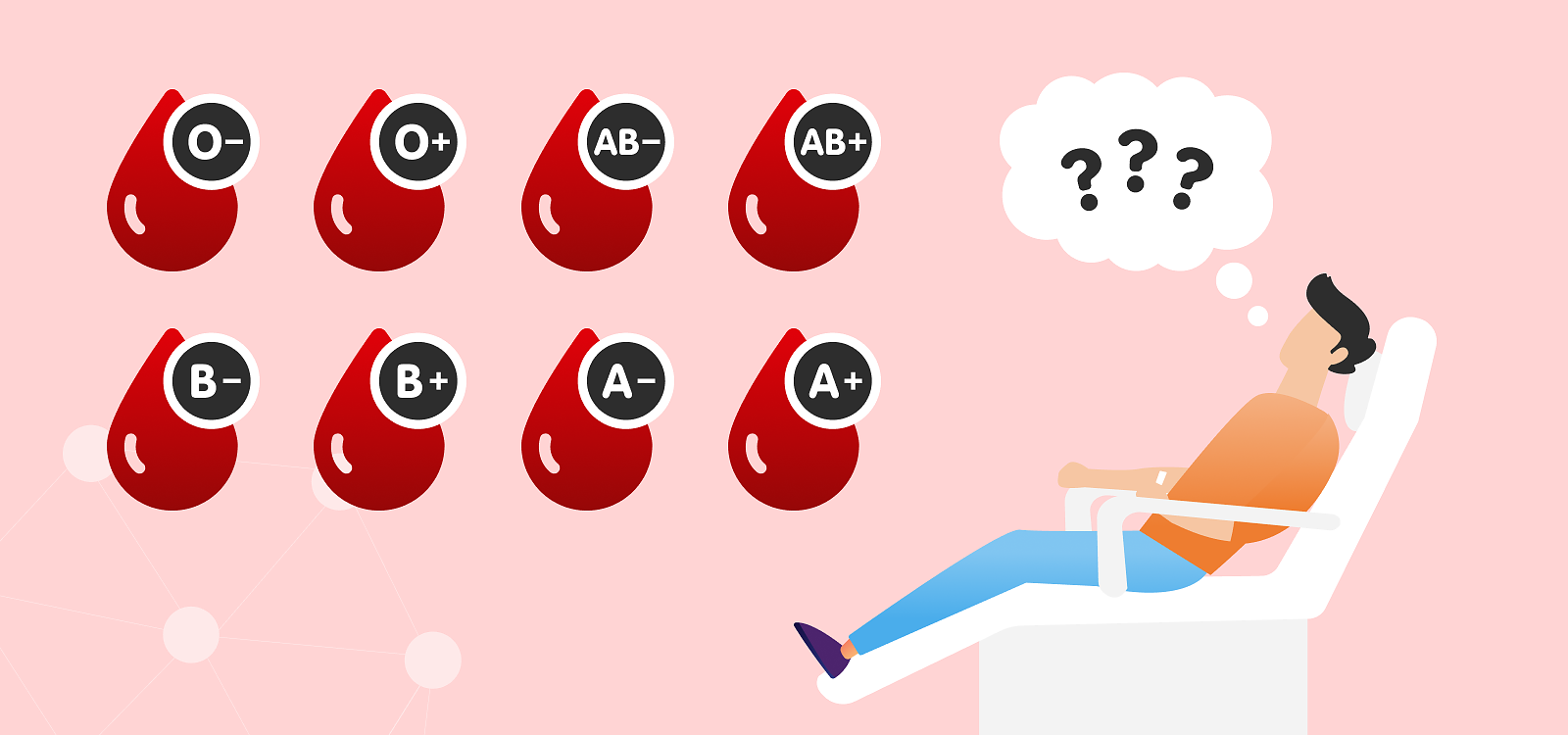Parameter Tuesday: PLATELETS
Platelets, or thrombocytes, are the smallest cells in your blood. Their main role is to form clots and stop bleeding. Whenever there is a damage in a blood vessel, platelets will move to the site of the injury and spread across the damaged surface by sticking to one another to stop the bleeding. Like red and white blood cells, platelets are also made in the bone marrow. They have no nucleus and are actually just fragments of the cytoplasm of a bigger cell called a megakaryocyte. The life span of platelets is around 8 to 10 days.
Platelets play a really important role in blood coagulation. Therefore, having too many platelets can increase the risk of blood clots while not having enough platelets or if they are not functioning properly means there is a risk of excessive blood loss.
Thrombocytopenia or a low platelet count can be connected to various conditions. Certain types of cancer such as leukemia or lymphoma, viral infections, and certain types of anemia can cause low levels of platelets in your body. Chemotherapy drugs and radiation therapy, too much alcohol, or some other medications can cause your levels to drop as well. Low levels of platelets are also present in people with an enlarged spleen. The spleen traps platelets, and therefore the number of platelets in circulation is lower, and the risk of bleeding is higher.
Thrombocytosis or a high platelet count is a condition when your bone marrow produces too many platelets. There are two types of thrombocytosis: primary thrombocythemia or essential thrombocythemia and secondary thrombocytosis. Primary thrombocythemia is diagnosed when the reason for the low platelet level is unknown. It is often connected to mutations in genes, and it is related to a bone marrow disease or a blood disease. On the other hand, secondary thrombocytosis is a more common condition and is diagnosed when the low platelet level is the result of underlying conditions such as infection, cancer, inflammation, and iron deficiency.






